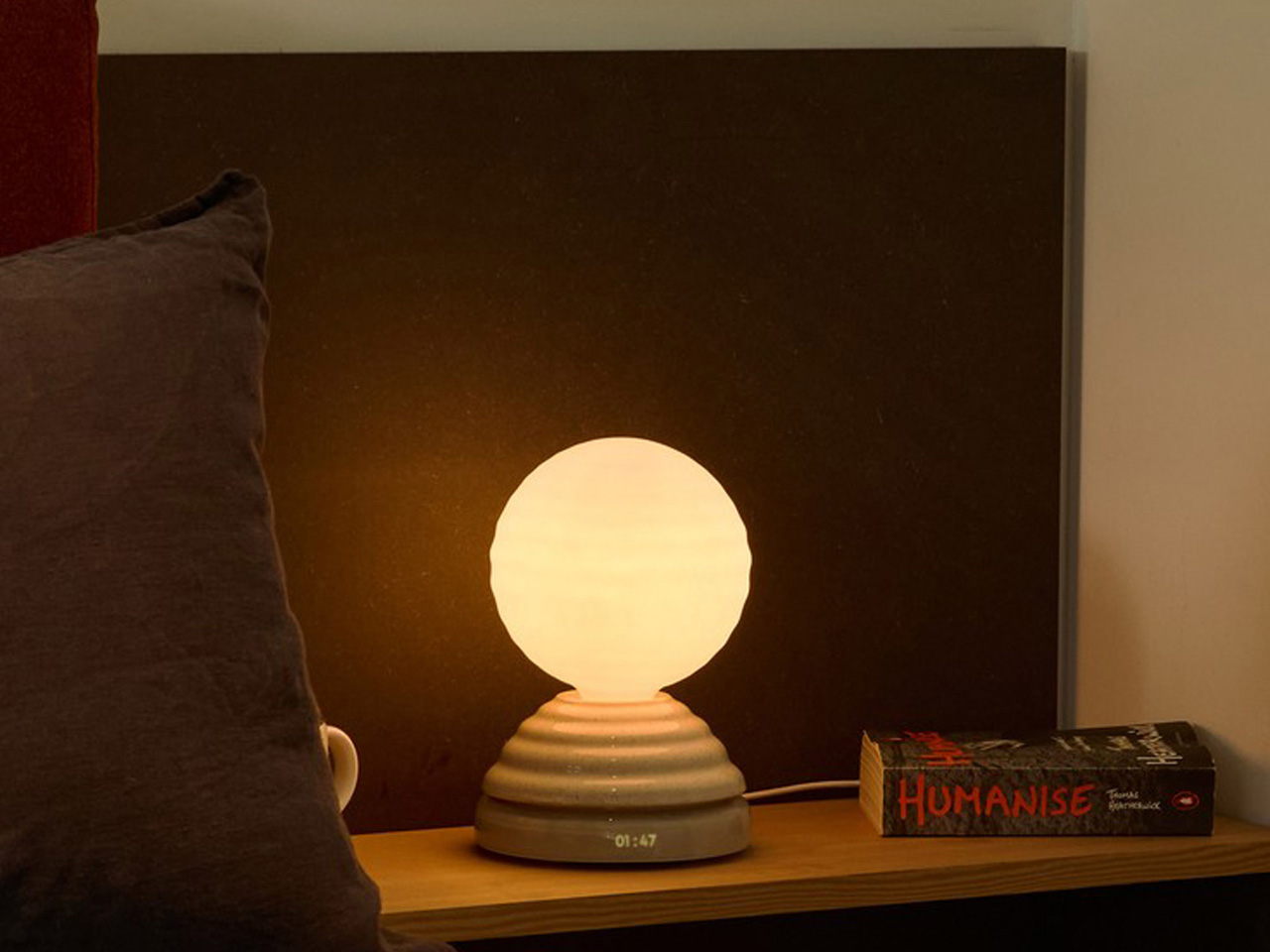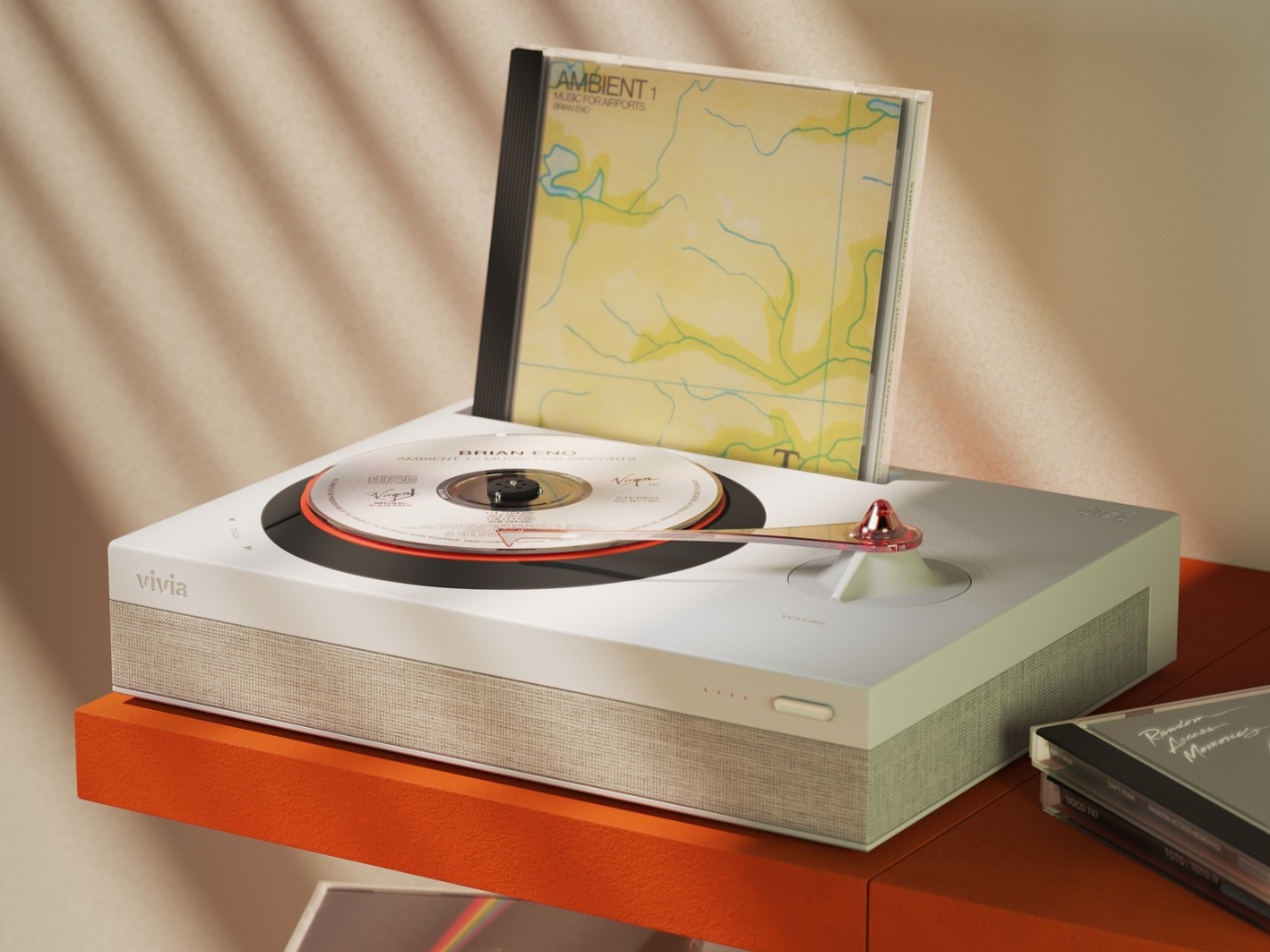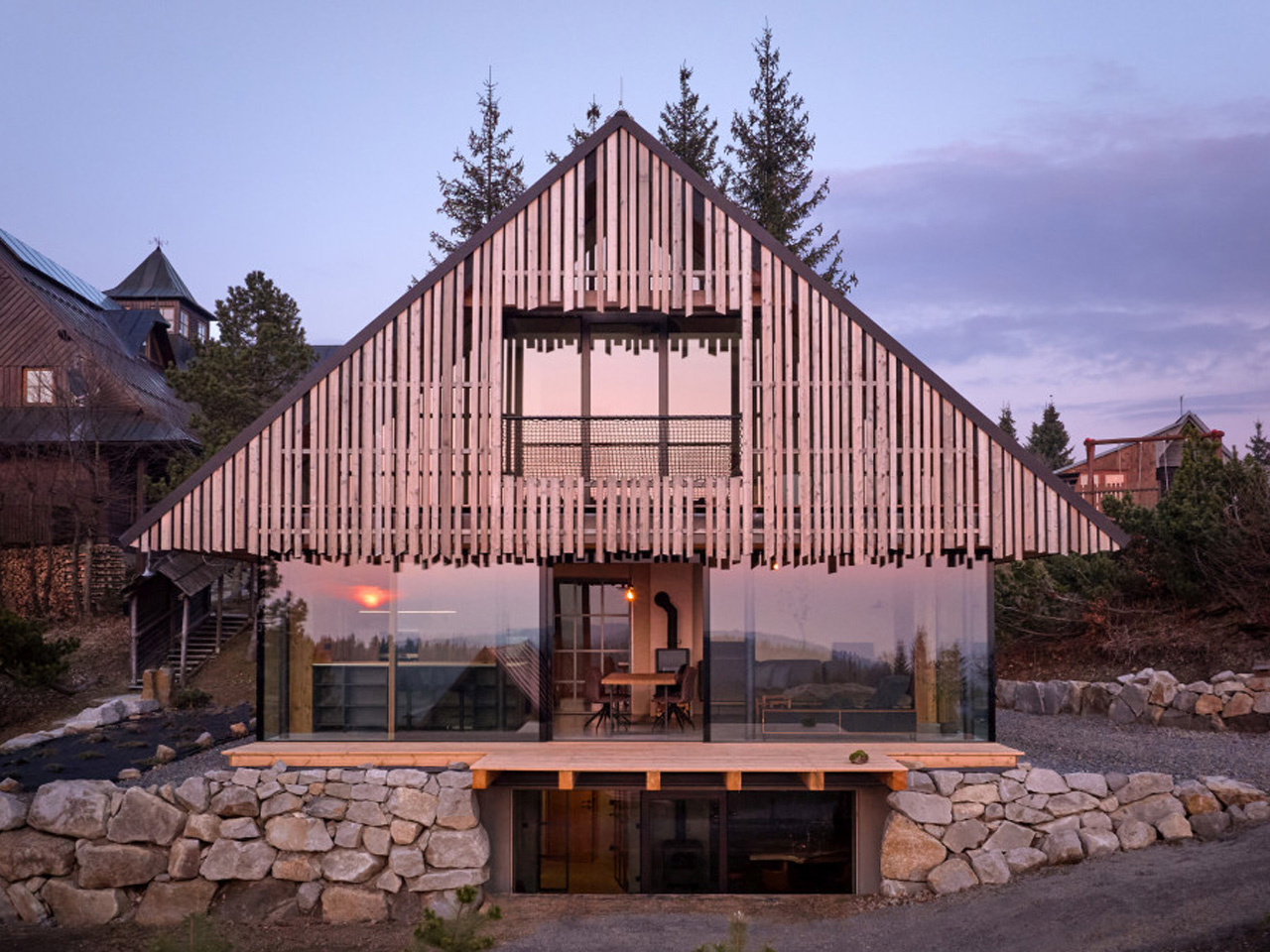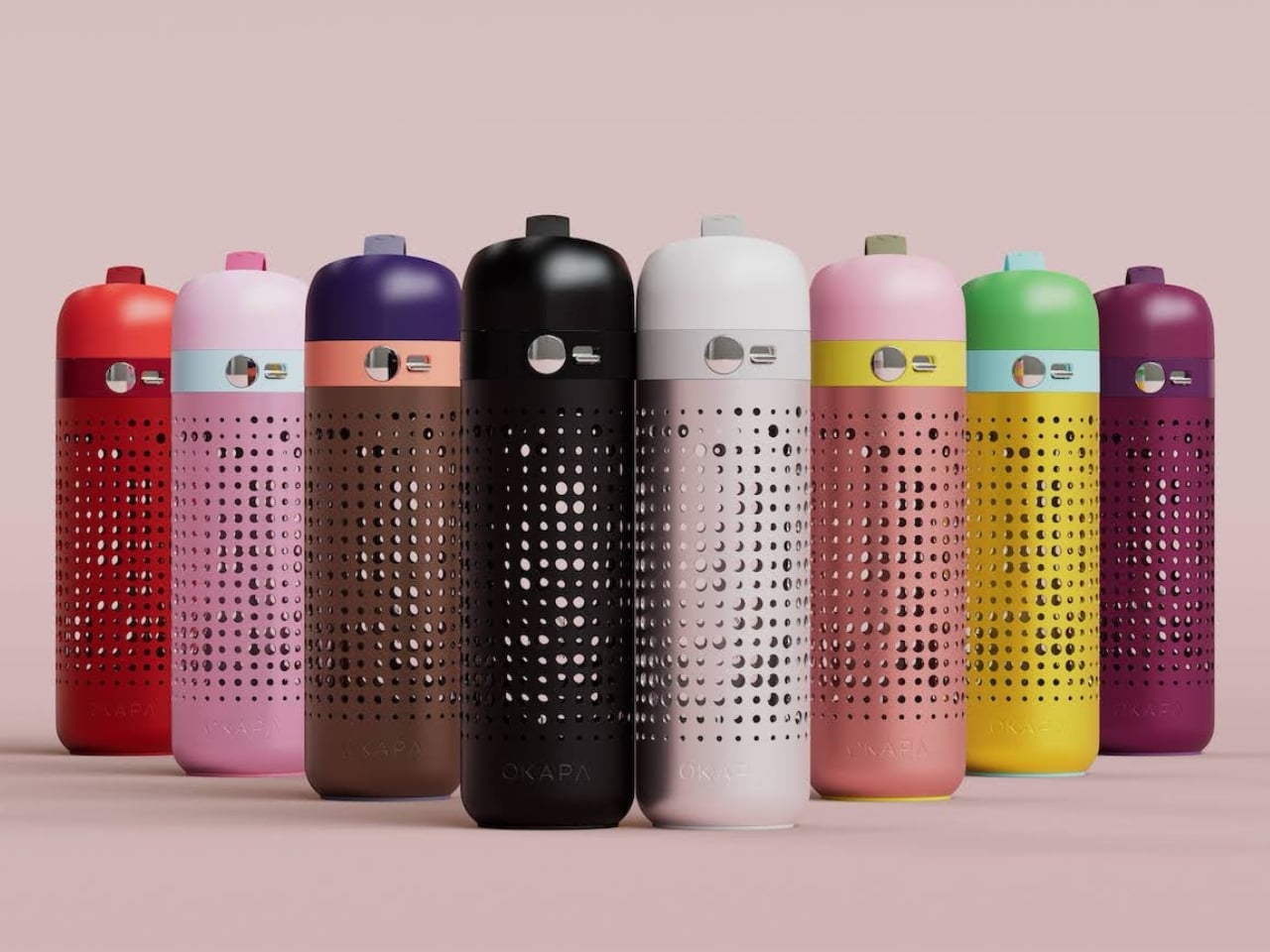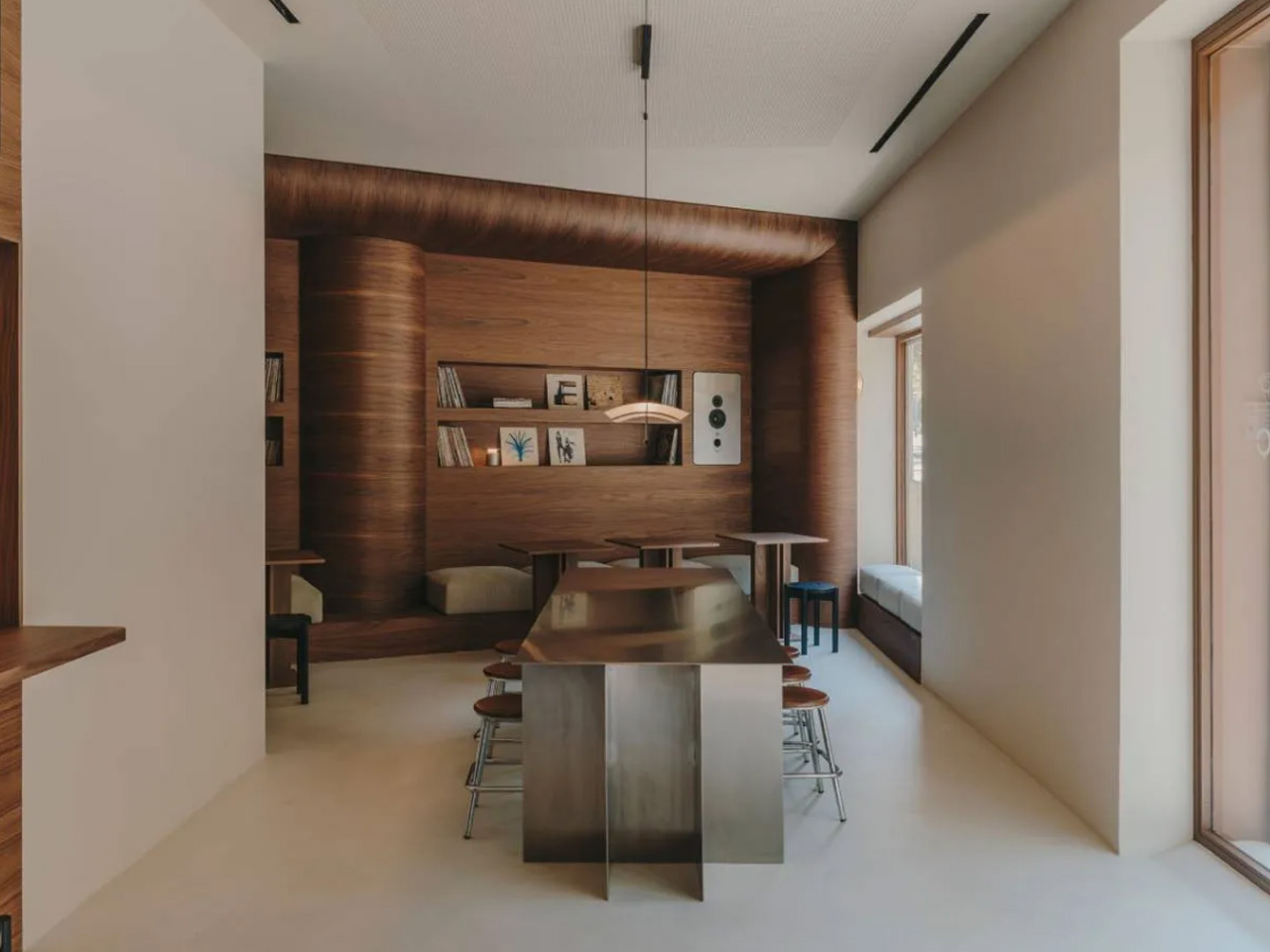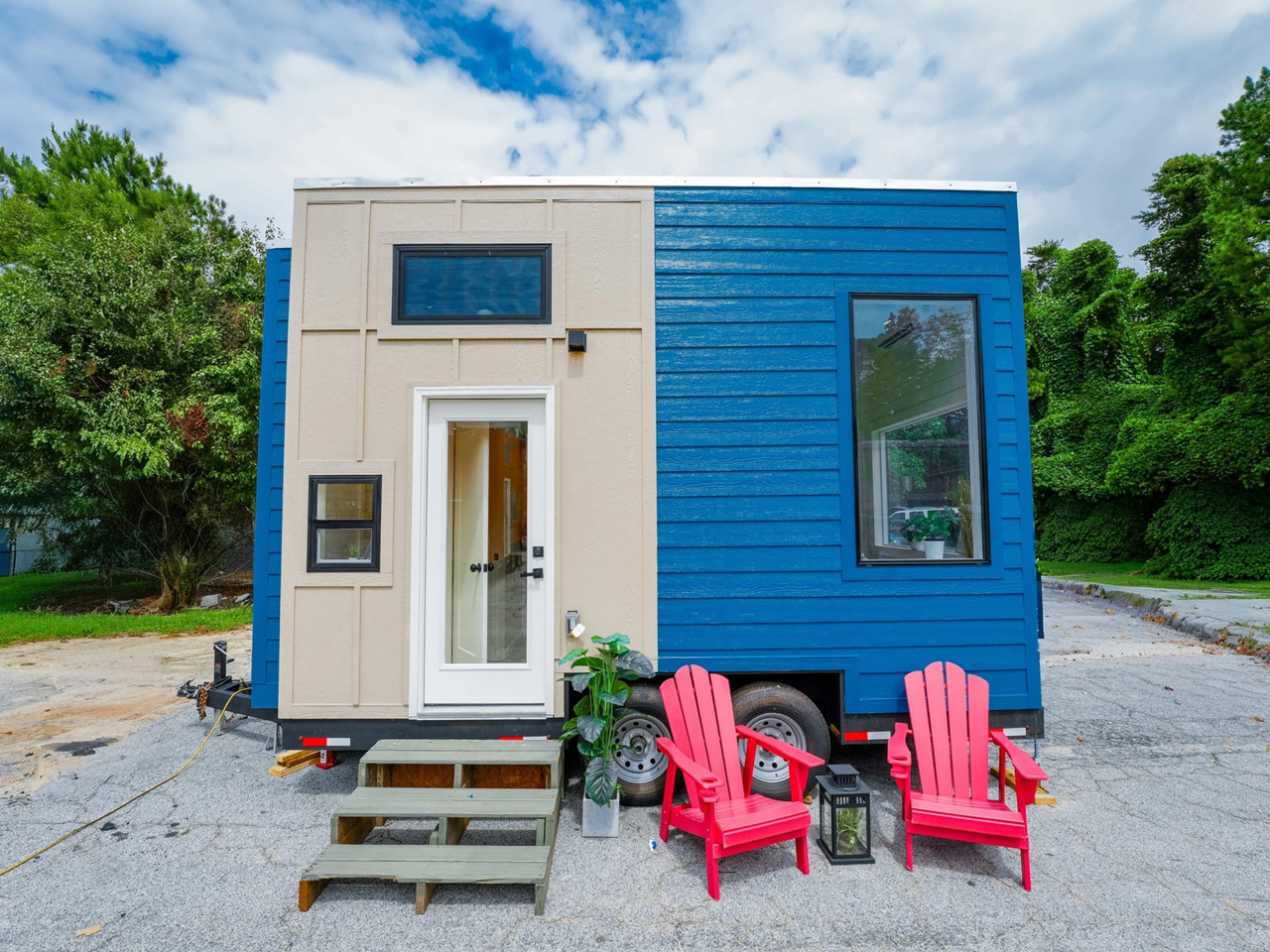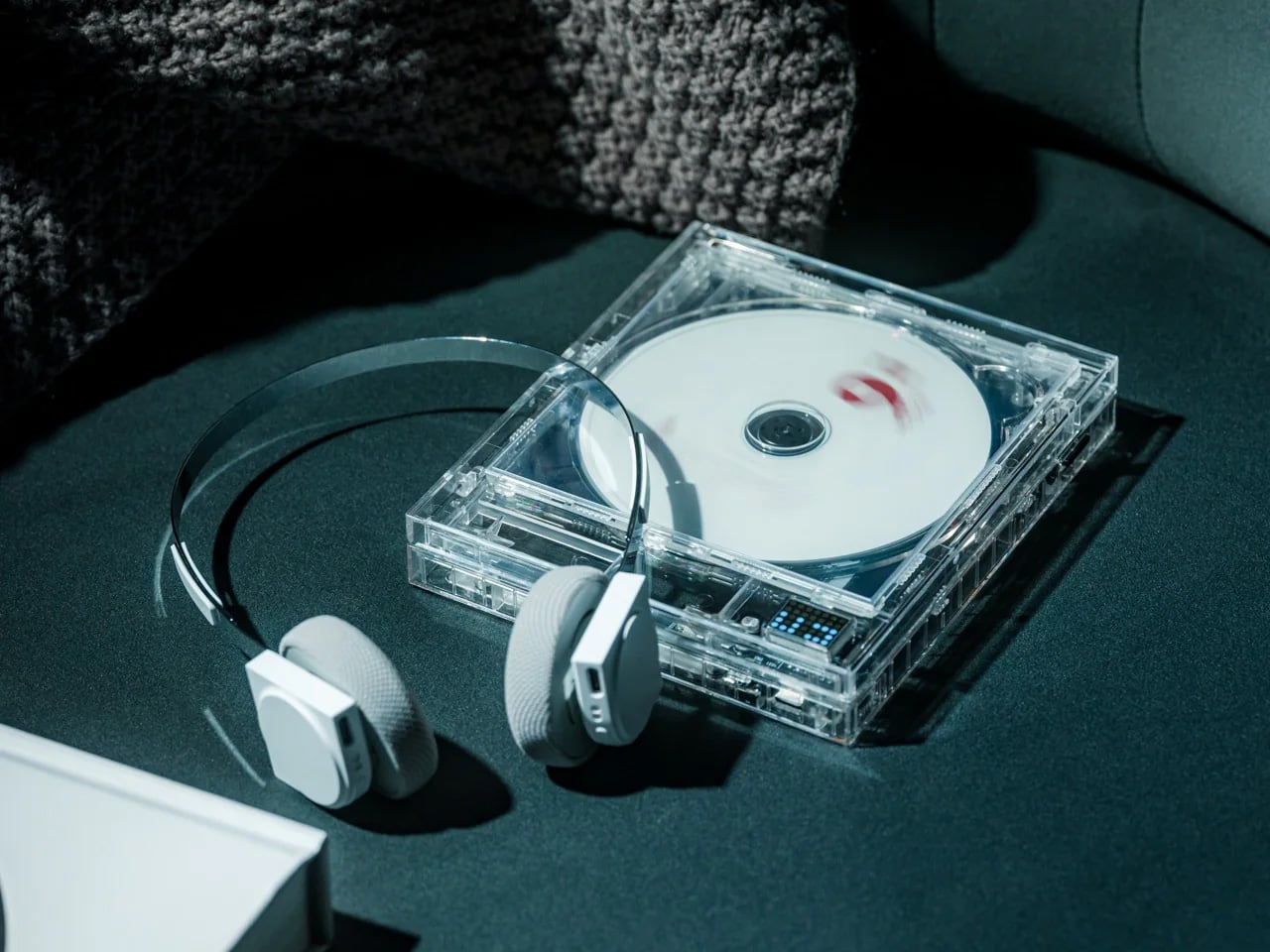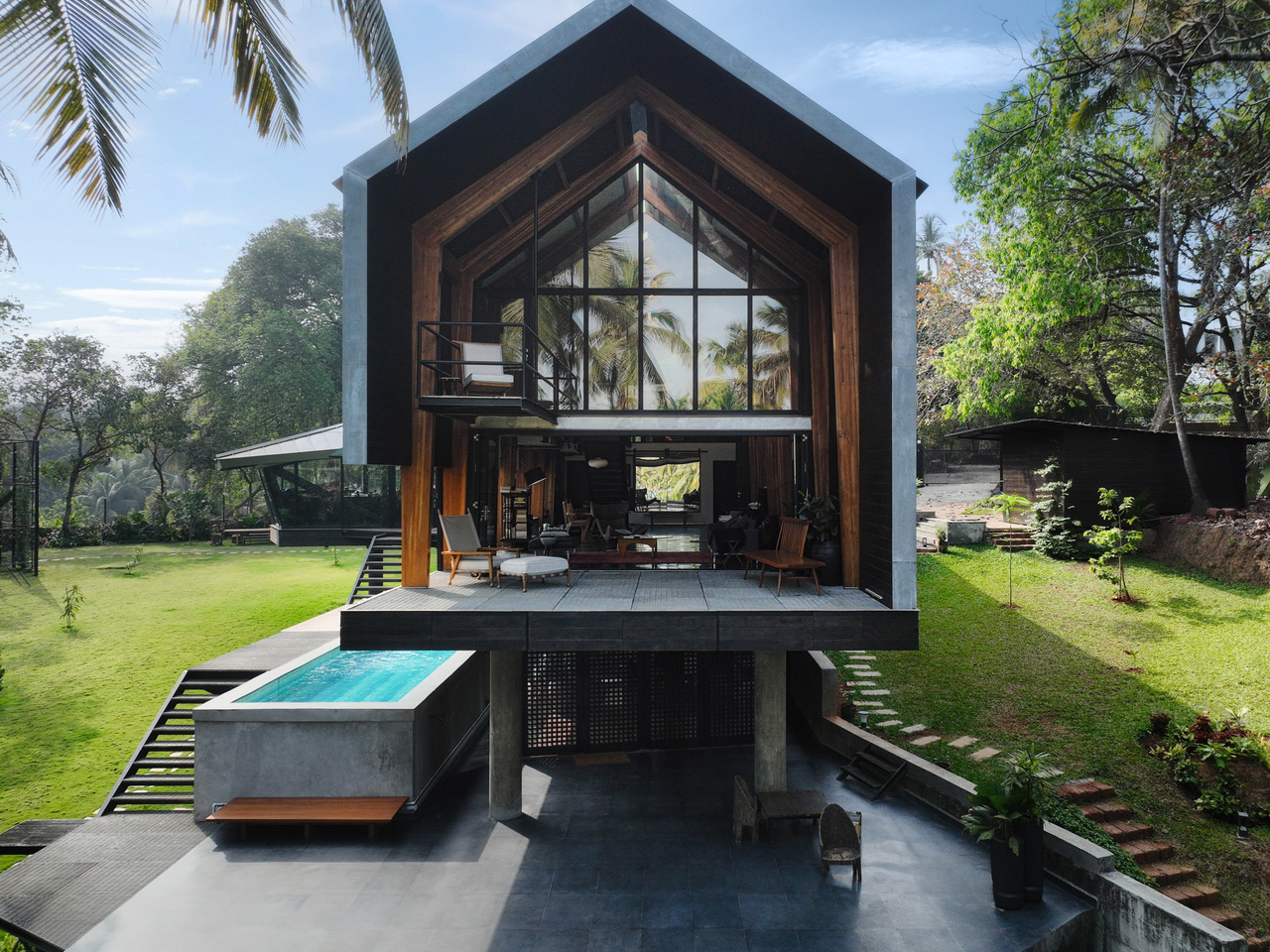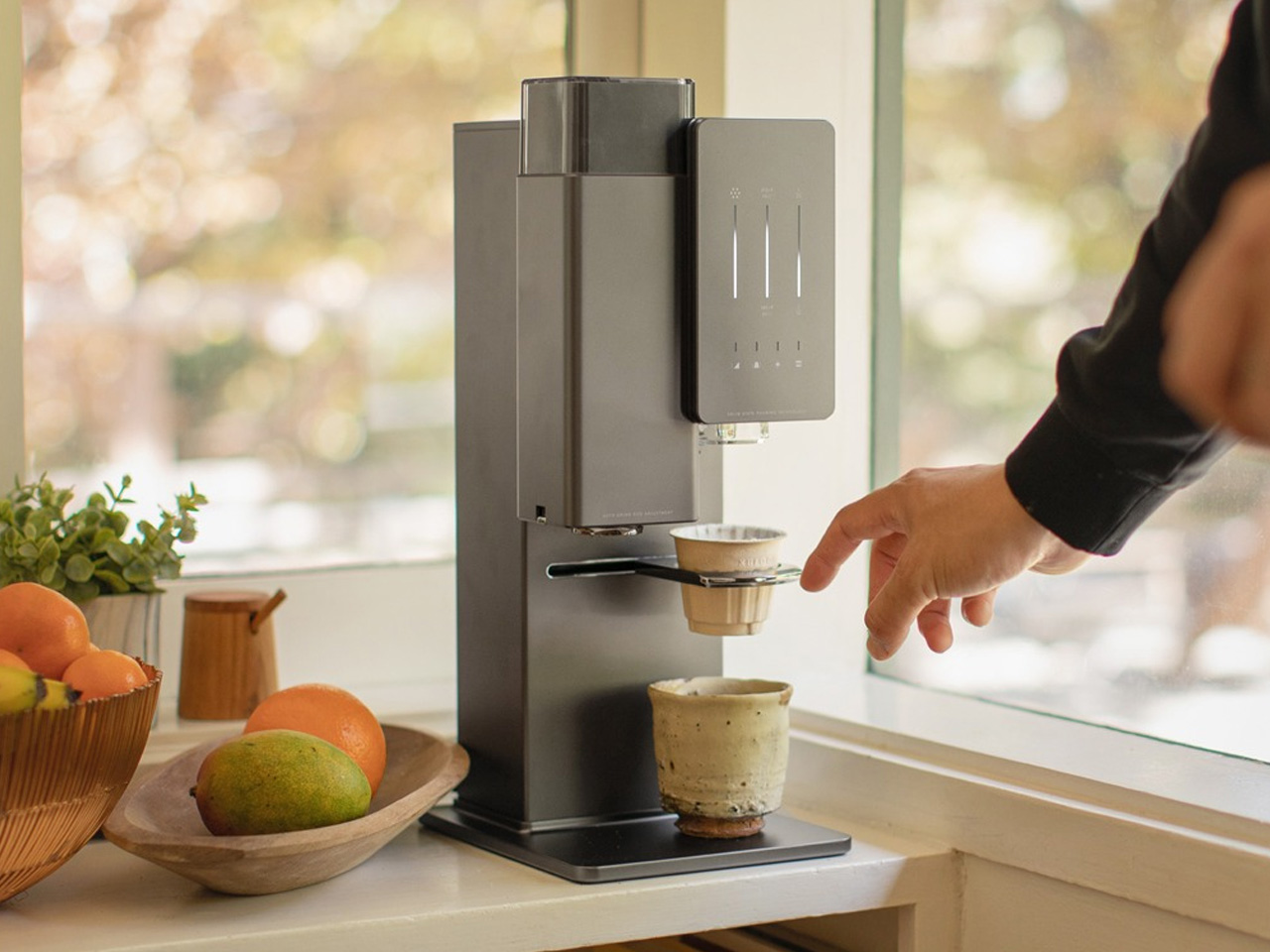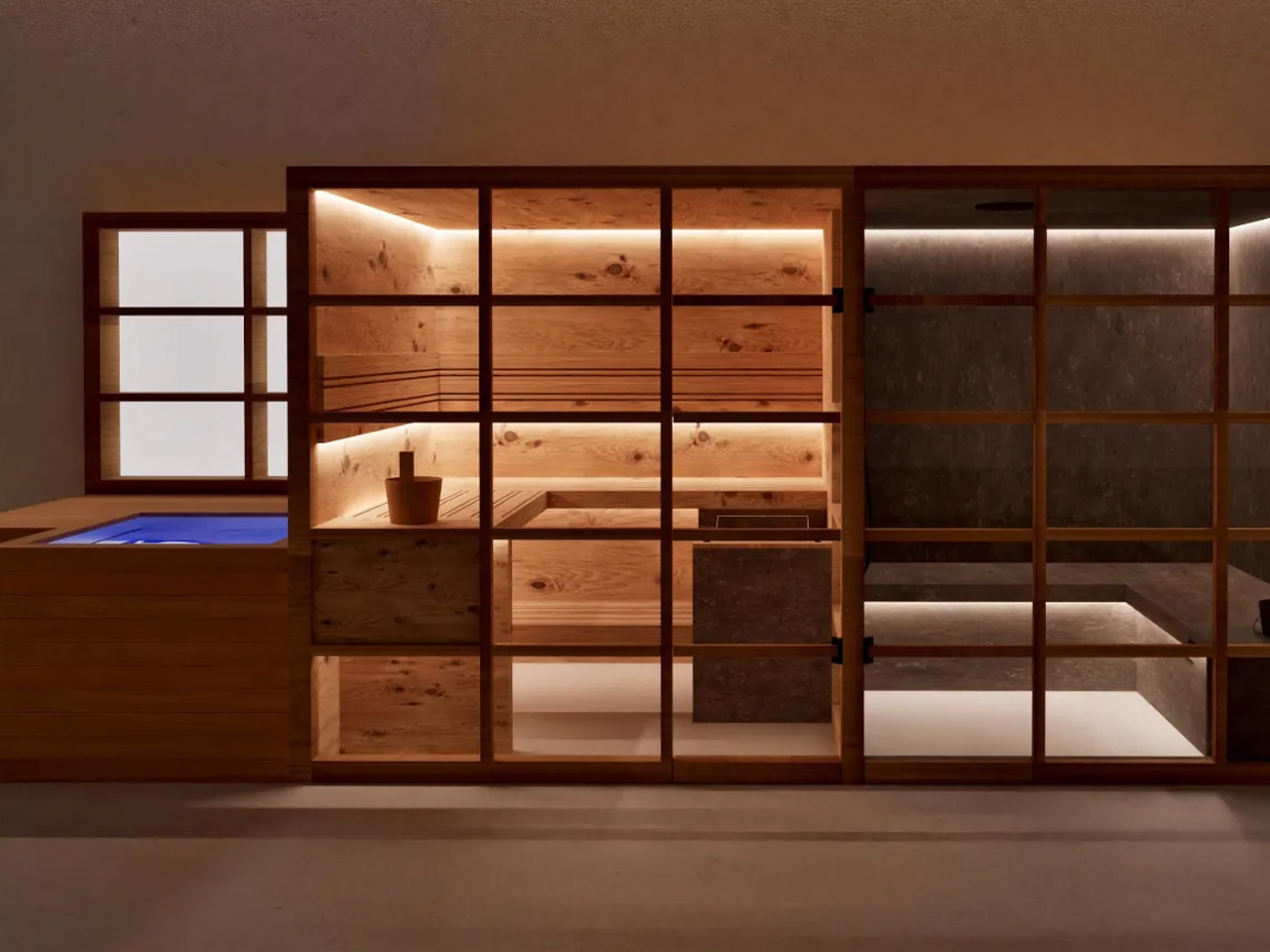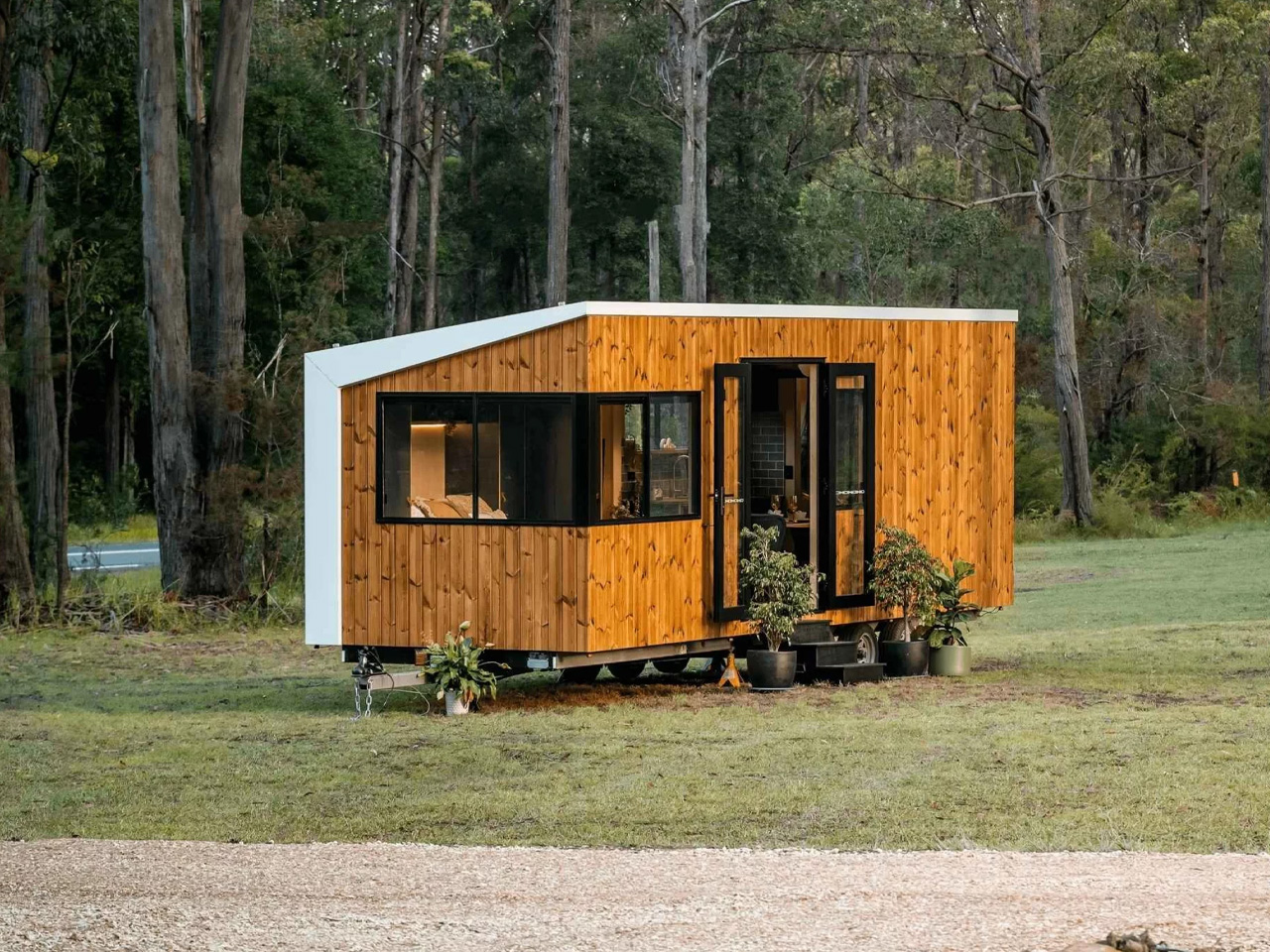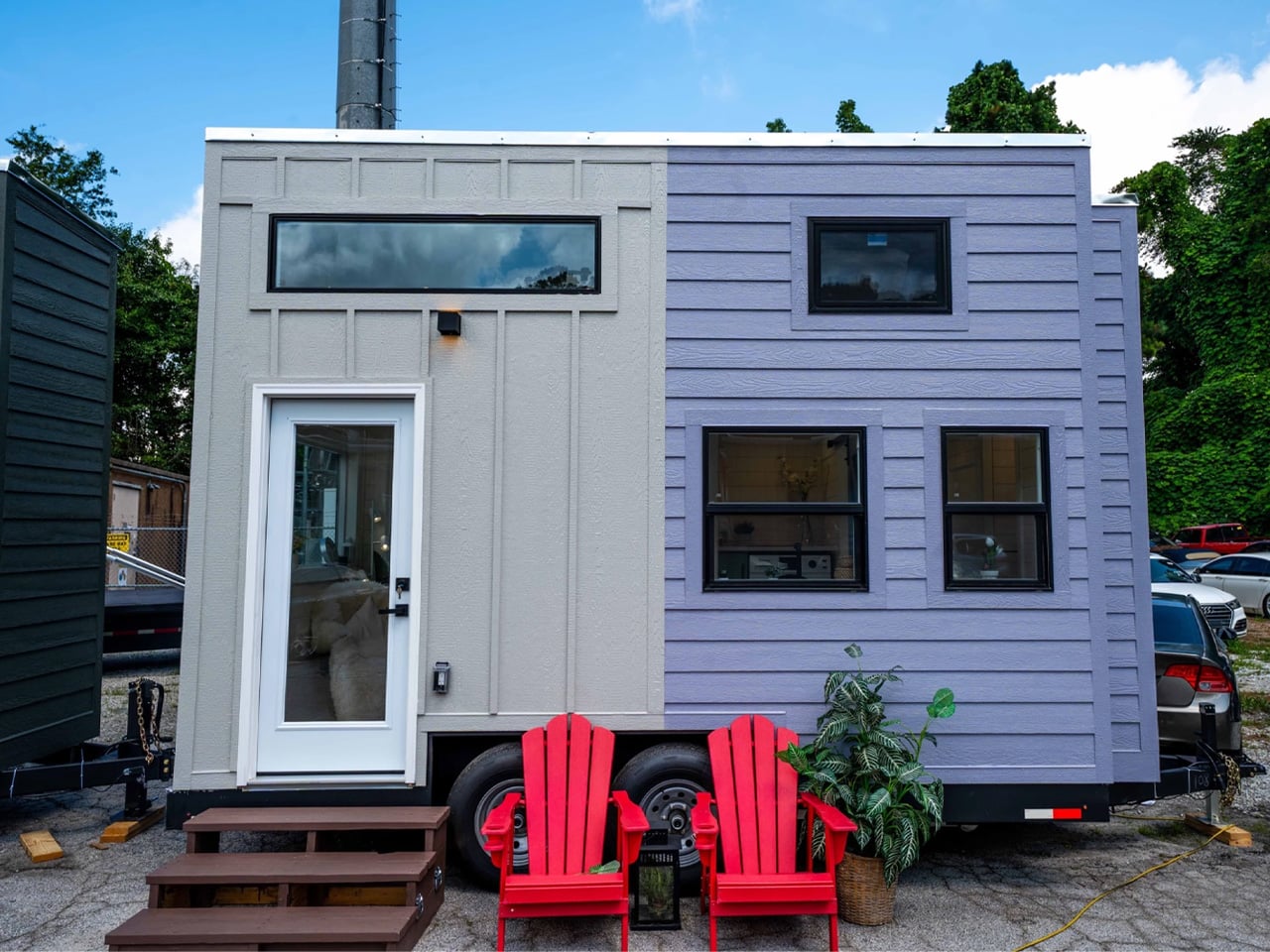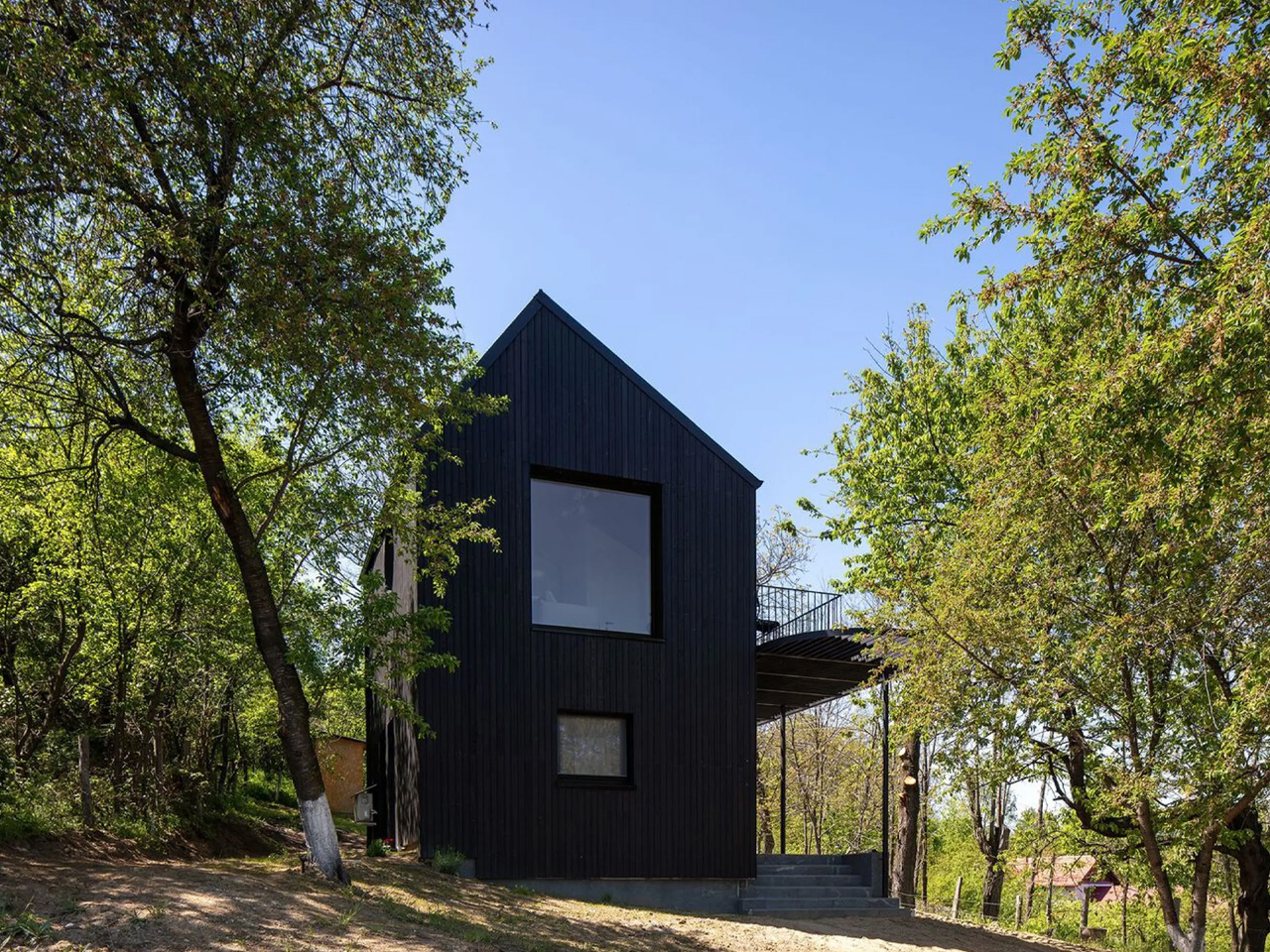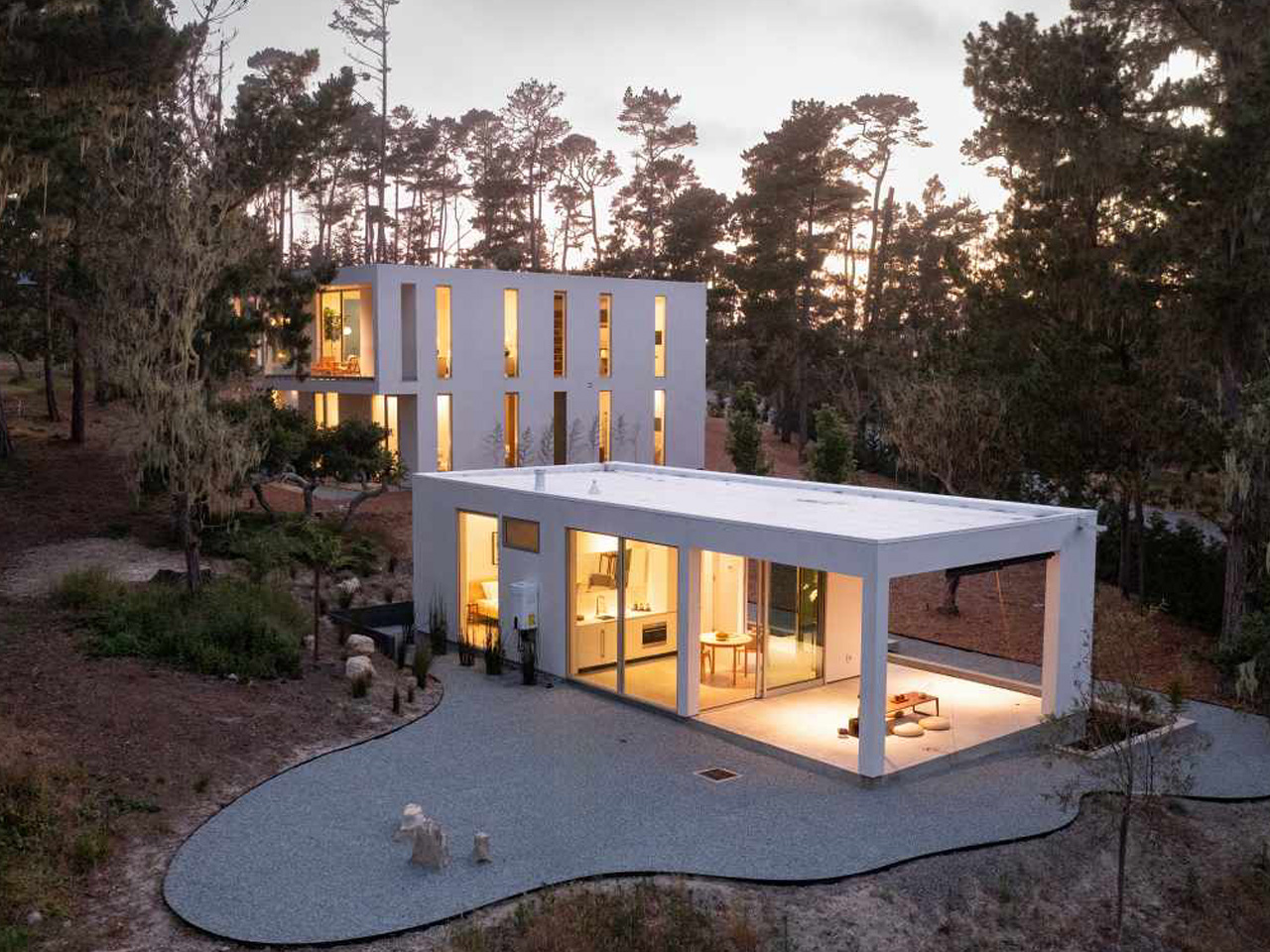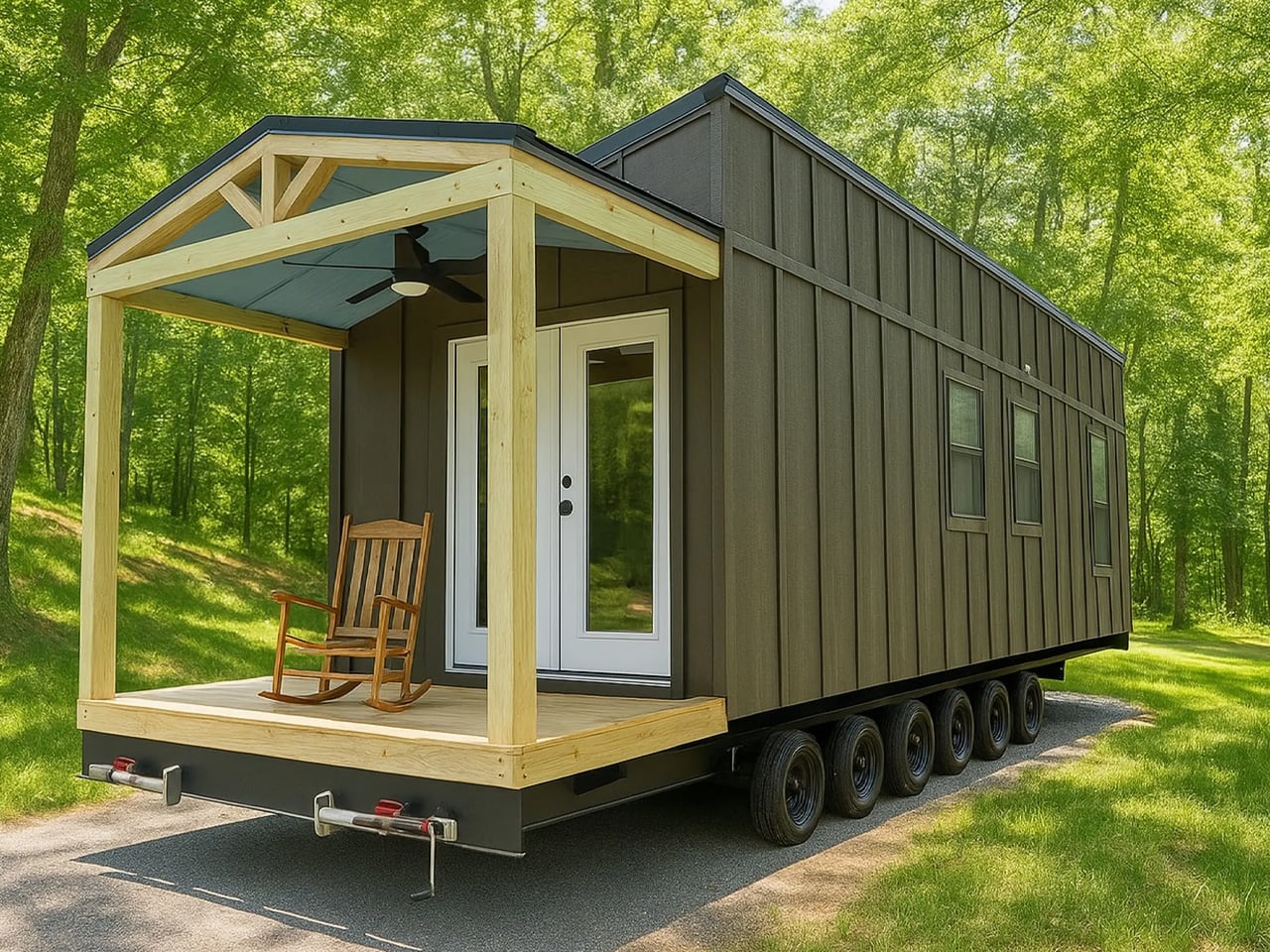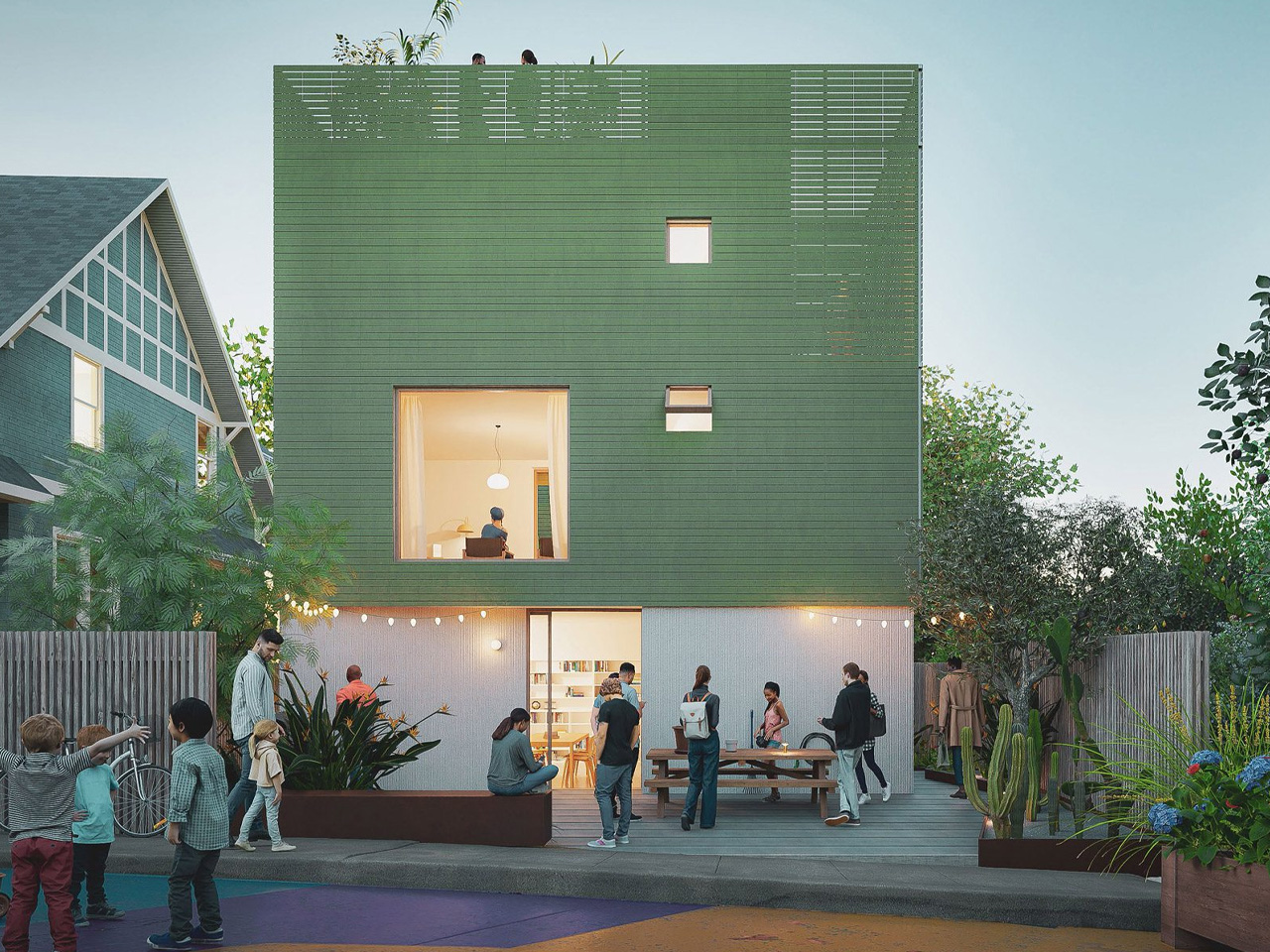
September 2025 has delivered an impressive lineup of sustainable designs that prove environmental consciousness doesn’t require sacrificing style or functionality. From water bottles engineered with medical-grade precision to furniture crafted from waste materials, this month’s standout products demonstrate how thoughtful design can address both our daily needs and planetary concerns.
These designs represent more than just green alternatives to conventional products. They’re examples of how sustainable thinking can drive innovation, creating objects that often perform better than their traditional counterparts. Each product on this list solves real problems while reducing environmental impact, showing that eco-friendly design has fully matured from niche concern to mainstream excellence.
1. OKAPA Water Bottle


The OKAPA water bottle elevates hydration into an engineering achievement, combining over 70 global patents with materials trusted in medical settings. Every component serves both performance and safety, from the Swiss-made Grilamid TR-90 spout to the German borosilicate glass body. This isn’t just another reusable bottle; it’s a technical marvel that sets new standards for what portable hydration can be.
Hygiene drives every design decision in the OKAPA system. The medical-grade spout material resists odors and bacteria while meeting both EU and FDA safety standards. The borosilicate glass body prevents chemical leaching and handles temperature changes without compromising water purity. Each sip delivers clean, fresh water that tastes exactly as intended, proving that sustainable choices can exceed conventional alternatives in every measurable way.
What we like
- Medical-grade materials ensure the cleanest possible water, free from chemical contamination and lingering flavors.
- Over 70 patents demonstrate a serious engineering commitment to solving real hydration problems.
What we dislike
- Premium materials and an extensive patent portfolio likely mean this costs significantly more than basic reusable bottles.
- The glass construction adds weight and potential fragility compared to plastic alternatives for active use.
2. Earth-Friendly Tumbler


This biodegradable tumbler transforms daily hydration into an environmental statement through revolutionary material science. Crafted from corn and paper-based resin, it offers the familiar comfort of ceramic and wood while completely biodegrading into water and CO2 through natural microbial processes. Each piece carries unique variations from natural materials, making every tumbler subtly different while maintaining consistent performance and heat resistance up to 248°F.
The matte black urethane coating adds water resistance and sophisticated texture while preserving the eco-friendly core material. This thoughtful finish ensures durability for daily use without compromising the biodegradable properties that make this tumbler special. Contemporary design meets environmental responsibility, creating a vessel that looks as good as it feels while supporting sustainable living practices with every use.
Click Here to Buy Now: $25.00
What we like
- Biodegradable materials break down naturally without leaving harmful residues or requiring special disposal processes.
- Heat resistance to 248°F handles hot beverages while maintaining structural integrity and safety.
What we dislike
- Natural material variations might not appeal to people who prefer a perfectly uniform product appearance.
- Limited color options with just the matte black finish may not suit all personal style preferences.
3. Lollo Cutlery Set


Lollo reimagines portable dining through brilliant compact engineering that nests three essential utensils into one streamlined unit. The stainless steel spoon, fork, and knife feature subtly concave handles that stack together perfectly, eliminating the bulk and inconvenience of traditional travel cutlery sets. This clever design means you’ll never again struggle with mismatched or clunky utensils that refuse to stay organized in your bag.
The recycled silicone cap performs double duty as both protection and containment, keeping your cutlery hygienic before meals and mess-free afterward. This practical feature transforms into an environmental statement by utilizing recycled materials and reducing single-use plastic dependency. Lollo supports sustainable living one meal at a time, proving that eco-friendly choices can improve daily experiences while reducing planetary impact.
What we like
- Ingenious nesting design keeps three utensils compact and organized without bulk or loose pieces.
- Recycled silicone cap provides hygiene protection while supporting waste reduction and material reuse.
What we dislike
- Stainless steel construction adds weight compared to plastic alternatives for ultralight travel packing.
- Small size might feel less substantial than full-size utensils for people with larger hands or hearty appetites.
4. IGGY


IGGY captures the nostalgic charm of traditional storm lamps while eliminating every inconvenience through modern solar technology. The classic silhouette immediately evokes warmth and comfort, but replaces dangerous fuel tanks with sleek solar panels that harness free energy from the sun. This thoughtful design maintains the rugged dependability and emotional appeal of vintage lanterns without the weight, mess, or environmental concerns of kerosene-powered alternatives.
Lightweight construction preserves the portability that made storm lamps essential travel companions while adding contemporary convenience. The solar panel provides reliable illumination without ongoing fuel costs or toxic emissions, making IGGY perfect for camping, emergency lighting, or creating an ambient atmosphere anywhere. This perfect fusion of heritage aesthetics and sustainable technology proves that modern solutions can honor the past while building a cleaner future.
What we like
- Solar power eliminates ongoing fuel costs and toxic emissions while providing reliable illumination anywhere.
- Classic storm lamp aesthetics create instant nostalgic appeal and emotional connection to heritage design.
What we dislike
- Solar charging requires adequate sunlight exposure, which might limit reliability during extended cloudy periods.
- LED illumination may lack the warm flickering quality that makes traditional flame-based lanterns so atmospheric.
5. Da Vinci Pencil


The Da Vinci Pencil transcends traditional writing tools by lasting 7-10 years under normal use while doubling as a bookmark when not actively writing. Advanced 3D printing technology creates this minimalist multi-purpose tool from PLA-CF (Polylactic Acid with Carbon Fiber), combining strength with lightweight performance. The high-performance metal alloy nib eliminates sharpening and refilling while delivering smooth writing that matches traditional graphite without the waste.
Ergonomic shaping ensures natural grip comfort during extended writing sessions, while the thin profile allows bookmark use without damaging pages or disrupting book closure. This thoughtful design reduces waste by replacing dozens of traditional pencils over its lifespan, proving that sustainability can improve functionality rather than compromise it. The Da Vinci Pencil demonstrates how rethinking familiar objects can create superior experiences while supporting environmental goals.
What we like
- Metal alloy nib lasts 7-10 years without sharpening or refilling, eliminating ongoing waste and replacement costs.
- Dual functionality as a writing tool and a bookmark maximizes utility while maintaining a minimal form factor.
What we dislike
- Higher upfront cost compared to traditional pencils might deter people despite the long-term value proposition.
- 3D printed construction may lack the familiar wood texture and feel that many people associate with quality pencils.
6. Cork Box


The Cork Box transforms organization through natural toasted cork agglomerate that requires no chemical adhesives or artificial binding agents. Designed by Ana Relvao and Gerhardt Kellermann, these stackable containers use heat-activated natural cork resin to create sturdy, lightweight storage that brings warmth and organic texture to any space. The manufacturing process relies entirely on cork’s inherent properties, making these boxes genuinely eco-friendly without performance compromises.
Natural cork agglomerate offers unique tactile qualities that synthetic materials cannot replicate, creating storage solutions that feel as good as they look. The stackable design maximizes vertical space efficiency while maintaining easy access to contents, perfect for modern homes and offices where organization meets aesthetic appeal. These boxes prove that sustainable materials can enhance rather than limit design possibilities while delivering superior functionality.
What we like
- Natural cork agglomerate uses heat-activated resin instead of chemical adhesives for truly eco-friendly construction.
- Stackable design maximizes storage efficiency while bringing warm, organic texture to any environment.
What we dislike
- Cork construction may be less durable than plastic alternatives for heavy items or frequent handling.
- Natural material variations might create size inconsistencies that affect perfect stacking alignment over time.
7. SMÅ Printer


The SMÅ printer revolutionizes home and office printing through a vertical design that maximizes functionality while minimizing desk space requirements. Smart engineering places the paper feed at the top with integrated storage for up to 120 sheets, eliminating separate trays while maintaining clean aesthetics. The transparent extension prevents multi-page documents from sliding off while preserving the compact footprint that makes SMÅ perfect for modern workspaces.
Eco-conscious design principles drive every aspect of SMÅ’s development, from energy-efficient operation to reduced material usage in manufacturing. This sustainable approach creates a printer that performs better while consuming fewer resources, proving that environmental responsibility can improve rather than limit technological capabilities. SMÅ demonstrates how rethinking familiar devices can create superior user experiences while supporting planetary health through thoughtful engineering choices.
What we like
- Vertical design saves valuable desk space while integrating paper storage and feeding into one compact unit.
- Eco-conscious engineering reduces resource consumption while maintaining superior printing performance and reliability.
What we dislike
- Compact size might limit paper capacity and printing speed compared to larger traditional printer models.
- Vertical orientation could make the printer less stable or more prone to tipping during paper loading.
8. Paper Tube Chair


The Paper Tube Chair challenges furniture industry norms by transforming discarded cardboard tubes into functional seating inspired by Pierre Jeanneret’s iconic library chairs. Dhammada Collective intercepts waste from local print shops where thick tubes face landfill disposal due to glue layers that prevent recycling. Fifteen salvaged tubes are cut and assembled using bright vermilion rope through figure-eight lashing patterns that tighten under load while maintaining component replaceability.
This radical material choice embodies “joyful frugality” by making quality design accessible to communities beyond metropolitan centers through abundant waste streams. The open-source approach democratizes furniture creation while proving that discarded materials can create beautiful, functional objects when approached with creativity and skill. Construction techniques borrowed from traditional crafts create structural integrity that rivals conventional furniture while celebrating sustainable resourcefulness.
What we like
- Open-source design democratizes furniture creation while utilizing abundant waste materials that would otherwise reach landfills.
- Rope lashing system creates replaceable components and structural integrity that tightens under load for improved durability.
What we dislike
- Cardboard construction may lack the longevity and refinement that some users expect from furniture investments.
- DIY assembly requirements could be challenging for people without crafting experience or appropriate tools and workspace.
9. IKEA NATTBAD and BLOMPRAKT Bluetooth Speakers


IKEA’s new Bluetooth speakers embrace Scandinavian simplicity while incorporating eco-friendly materials and energy-efficient technology. The NATTBAD features soft, rounded edges and matte finishes in neutral colors that complement any interior, while BLOMPRAKT adds whimsical patterns in a compact cube design. Both models utilize Bluetooth 5.3 for seamless connectivity and feature touch-sensitive controls that respond to gentle taps for volume and track management.
The innovative Spotify Tap button launches the streaming service instantly, reflecting IKEA’s pivot toward accessible, music-first experiences. Sustainable materials and energy-efficient operation demonstrate environmental responsibility without sacrificing functionality or aesthetic appeal. These speakers prove that eco-friendly electronics can deliver superior user experiences while supporting sustainable living practices through thoughtful design and manufacturing choices that prioritize both performance and planetary health.
What we like
- Dedicated Spotify Tap button provides instant music access, making streaming more intuitive and user-friendly than traditional interfaces.
- Scandinavian design aesthetic ensures these speakers complement most interior styles while delivering quality audio performance.
What we dislike
- Compact size may limit bass response and overall volume compared to larger speaker systems for music enthusiasts.
- IKEA’s move away from Sonos integration might disappoint users who prefer more advanced multi-room audio capabilities.
10. Sonnenglas Light Carafe


The Sonnenglas Light Carafe elevates solar lighting through a sophisticated design that transforms recycled glass bottles into stunning illumination pieces. Handcrafted construction ensures each piece is unique while maintaining consistent performance for both indoor and outdoor use. The elegant carafe silhouette offers a refined alternative to traditional mason jar solar lights, with sleek proportions that complement any décor style from rustic to contemporary.
Environmental responsibility drives every aspect of production, from 100% recycled glass construction to solar power that eliminates ongoing energy costs. This commitment creates lighting solutions that support sustainable living while delivering aesthetic appeal and reliable functionality. The Sonnenglas demonstrates how recycled materials can create premium products that exceed conventional alternatives in beauty, performance, and environmental impact through thoughtful design and manufacturing.
What we like
- 100% recycled glass construction creates unique pieces while supporting waste reduction and sustainable manufacturing practices.
- Solar power eliminates ongoing energy costs while providing reliable illumination for both decorative and functional lighting needs.
What we dislike
- Solar charging dependency requires adequate sunlight exposure, which might limit reliability during extended cloudy weather periods.
- Glass construction adds fragility compared to plastic alternatives, requiring more careful handling and storage considerations.
When Sustainable Becomes Superior
September 2025’s eco-friendly designs demonstrate that sustainability has evolved beyond simple material substitution. These products represent sophisticated engineering solutions that often exceed conventional alternatives in performance, durability, and user experience. From medical-grade water bottles to waste-stream furniture, each design proves environmental consciousness drives innovation rather than constraining it.
These diverse products unite through their commitment to solving real problems sustainably. Whether reducing plastic waste, extending lifecycles, or utilizing renewable energy, each design makes environmental responsibility feel natural and beneficial. This maturity suggests consumers can now choose sustainable options without compromising quality, functionality, or aesthetic expectations.
The post 10 Best Eco-Friendly Designs Of September 2025 first appeared on Yanko Design.
![]()
![]()
![]()
![]()
![]()
![]()
